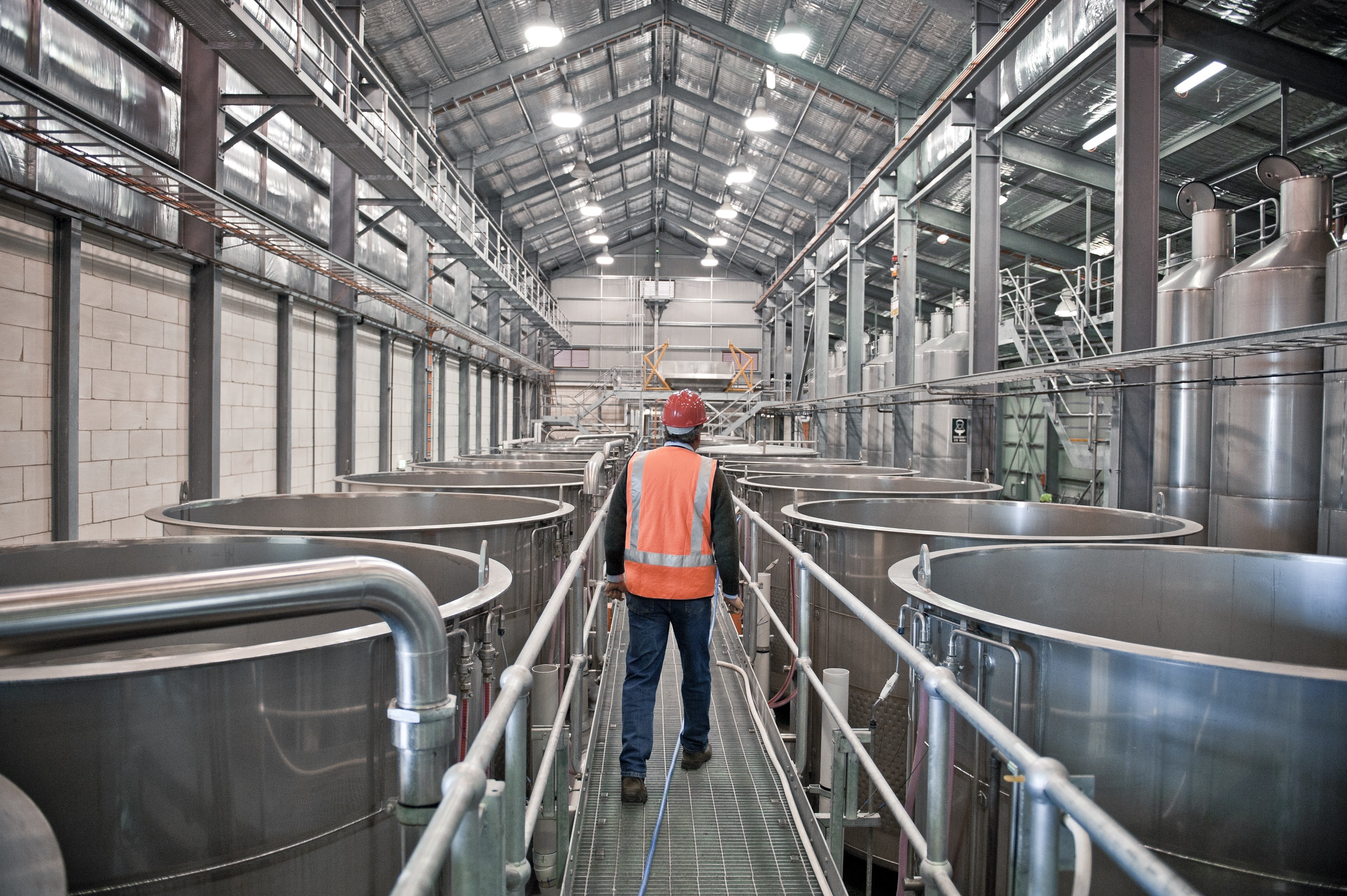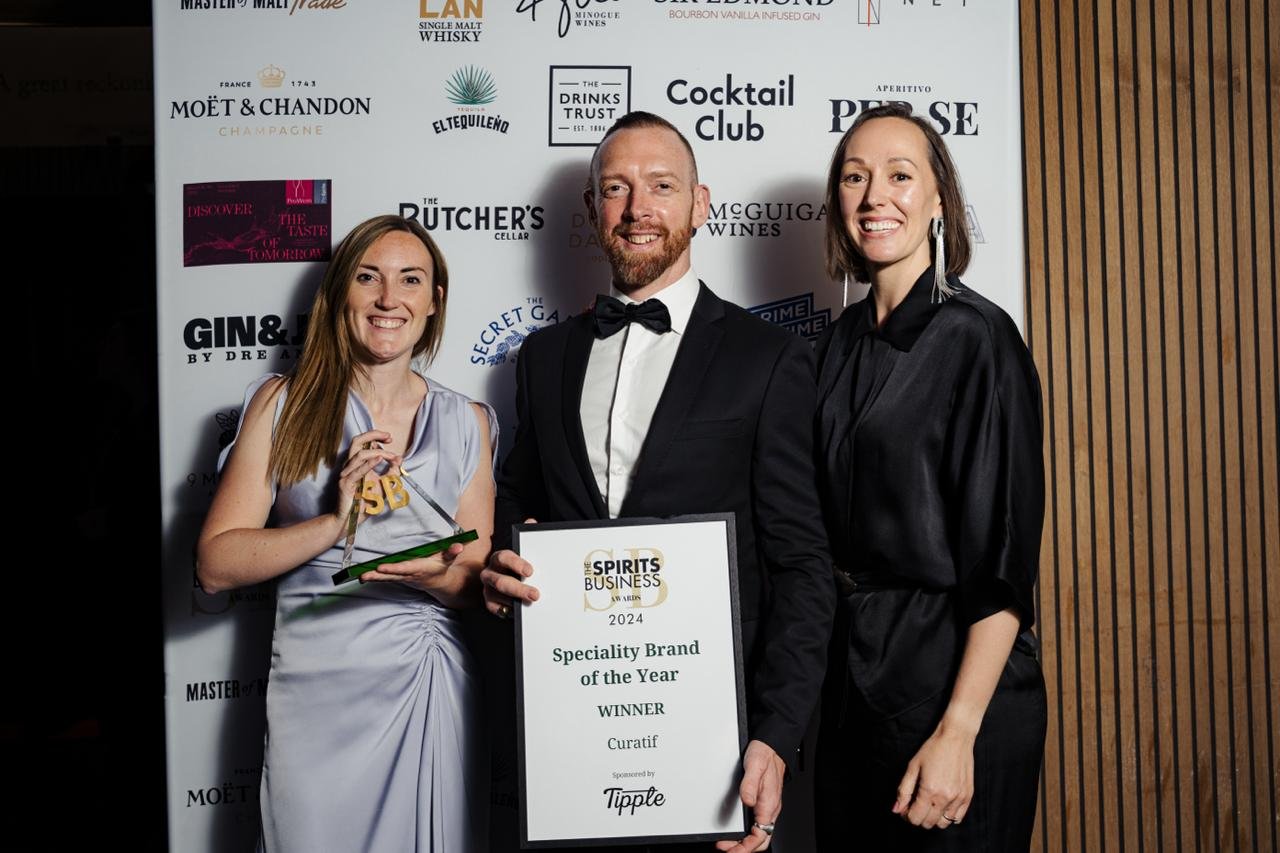Waste from winemaking could be an untapped source of nutraceutical, pharmaceutical and food colouring ingredients, according to new research from chemical engineers at Monash University.
Xueqing (Rachel) Liu, a PhD student, and Associate Professor Victoria Haritos from Monash University Department of Chemical and Biological Engineering have discovered that compounds derived from red wine grapes contain significant levels of bioactive natural compounds called polyphenols and anthocyanins.
“Bioactive polyphenols and anthocyanins could have a number of commercial applications as functional ingredients, in dietary supplements and as natural food colourings,” said Liu.
Polyphenols are naturally found in a range of fruits, vegetables and cereals. They are associated with protection against developing cancers, cardiovascular diseases, diabetes, osteoporosis and neurodegenerative diseases in several epidemiological studies.
Anthocyanins are the pigments responsible for the red, purple and blue colours found in many fruits and vegetables and have also been linked with antioxidant effects and the prevention of cardiovascular disease, cancer and diabetes, among other conditions.
Roughly 2 million tonnes of wine grapes are crushed annually in Australia, with about 20 per cent ending up as waste, including skins, seeds and stalks that are commonly composted without realising the full potential value of their bioactive makeup.
“Across the Australian wine industry…there is a massive volume of waste from which these compounds could be recovered and used,” said Associate Professor Haritos. “We see great opportunities and are keen to explore how this waste product can be processed commercially.”
In the next research phase, Liu will investigate processes for extracting the bioactive compounds and their potential uses, including in functional non-alcoholic beverages.
Recently published in the international journal Cleaner Waste Systems, the research was supported by Treasury Wine Estates and in collaboration with Coldstream Hills Winery in Victoria’s Yarra Valley, where the winemaking samples were gathered.
Stay up-to-date with the latest industry news with the Drinks Trade e-newsletter.
Share the content










